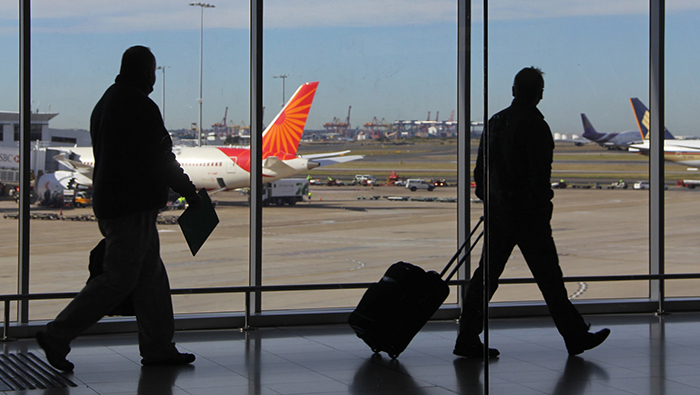
Geneva: The International Air Transport Association (IATA) expects overall traveller numbers to reach 4.0 billion in 2024 (counting multi-sector connecting trips as one passenger), exceeding pre-COVID-19 levels (103 per cent of the 2019 total).
Expectations for the shape of the near-term recovery have shifted slightly, reflecting the evolution of government-imposed travel restrictions in some markets. The overall picture presented in the latest update to IATA’s long-term forecast, however, is unchanged from what was expected in November, before the Omicron variant.
“The trajectory for the recovery in passenger numbers from COVID-19 was not changed by the Omicron variant. People want to travel. And when travel restrictions are lifted, they return to the skies. There is still a long way to go to reach a normal state of affairs, but the forecast for the evolution in passenger numbers gives good reason to be optimistic,” said Willie Walsh, IATA’s Director-General.
The February update to the long-term forecast includes the following highlights:
In 2021, overall traveller numbers were 47 per cent of 2019 levels. This is expected to improve to 83 per cent in 2022, 94 per cent in 2023, 103 per cent in 2024 and 111 per cent in 2025.
In 2021, international traveller numbers were 27 per cent of 2019 levels. This is expected to improve to 69 per cent in 2022, 82 per cent in 2023, 92 per cent in 2024 and 101 per cent in 2025.
This is a slightly more optimistic near-term international recovery scenario compared to November 2021, based on the progressive relaxation or elimination of travel restrictions in many markets. This has seen improvements in the major North Atlantic and intra-European markets, strengthening the baseline for recovery. Asia-Pacific is expected to continue to lag the recovery with the region’s largest market, China, not showing any signs of relaxing its severe border measures in the near future.
In 2021, domestic traveller numbers were 61 per cent of 2019 levels. This is expected to improve to 93 per cent in 2022, 103 per cent in 2023, 111 per cent in 2024 and 118 per cent in 2025.
The outlook for the evolution of domestic traveller numbers is slightly more pessimistic than in November. While the US and Russian domestic markets have recovered, the same is not true for the other major domestic markets of China, Canada, Japan and Australia.
“The biggest and most immediate drivers of passenger numbers are the restrictions that governments place on travel. Fortunately, more governments have understood that travel restrictions have little to no long-term impact on the spread of a virus. And the economic and social hardship caused for very limited benefit is simply no longer acceptable in a growing number of markets. As a result, the progressive removal of restrictions is giving a much-needed boost to the prospects for travel,” said Walsh.
IATA reiterates its call for:
The removal of all travel barriers (including quarantine and testing) for those fully vaccinated with a WHO-approved vaccine
Pre-departure antigen testing to enable quarantine-free travel for non-vaccinated travellers
Removing all travel bans, and
Accelerating the easing of travel restrictions in recognition that travellers pose no greater risk for COVID-19 spread than already exists in the general population.
Not all markets or market sectors are recovering at the same pace.
“In general, we are moving in the right direction, but there are some concerns. Asia-Pacific is the laggard of the recovery. While Australia and New Zealand have announced measures to reconnect with the world, China is showing no signs of relaxing its zero-COVID strategy. The resulting localized lock-downs in its domestic market are depressing global passenger numbers even as other major markets like the US are largely back to normal,” said Walsh.